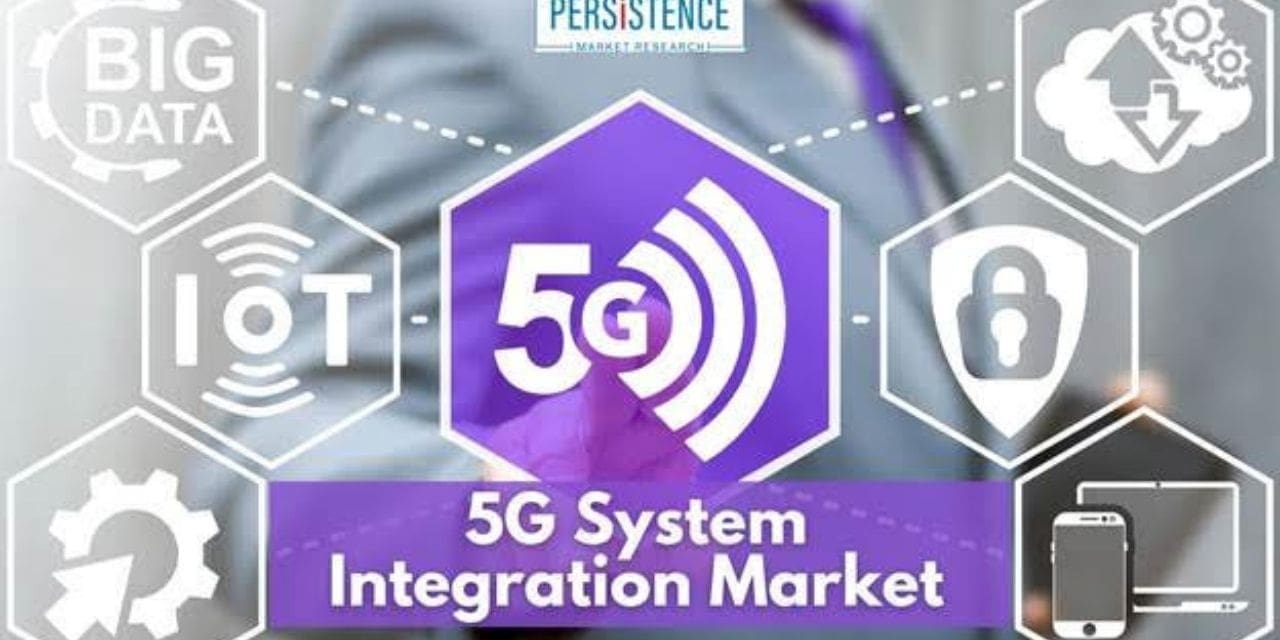Introduction to 5G Integration
The integration of 5G technology represents a monumental leap forward in the realm of telecommunications, promising to revolutionize connectivity, speed, and network capabilities. As the successor to 4G LTE, 5G introduces unprecedented levels of speed, reliability, and low latency, enabling a myriad of applications across various sectors including telecommunications, healthcare, transportation, manufacturing, and beyond. This comprehensive transformation not only impacts consumer experiences but also lays the foundation for the realization of futuristic technologies such as the Internet of Things (IoT), augmented reality (AR), virtual reality (VR), and autonomous vehicles.
At its core, 5G technology is characterized by three fundamental pillars: enhanced mobile broadband (eMBB), ultra-reliable low-latency communications (URLLC), and massive machine-type communications (MTC). eMBB focuses on delivering significantly higher data rates, allowing users to enjoy seamless streaming, faster downloads, and enhanced multimedia experiences. URLLC ensures ultra-responsive communication with minimal delay, crucial for applications requiring real-time interaction such as remote surgery, autonomous vehicles, and industrial automation. mMTC enables connectivity for a vast number of IoT devices, facilitating the proliferation of smart cities, smart homes, and connected infrastructure.
Market Overview
5G system integration plays a pivotal role in the deployment and optimization of 5G networks, enabling seamless connectivity, enhanced performance, and innovative services across various industries. The global 5G system integration market is experiencing robust growth, fueled by the rapid adoption of 5G technology, increasing demand for high-speed connectivity, and the proliferation of connected devices. The global 5G system integration market is forecast to expand at a CAGR of 27.4% and thereby increase from a value of US$11.7 Bn in 2023, to US$64.2 Bn by the end of 2030, by Persistence Market Research.
Network Architecture Evolution
The integration of 5G necessitates a significant overhaul of network architecture to accommodate its advanced capabilities. Unlike its predecessors, 5G employs a heterogeneous network (HetNet) architecture, combining a diverse range of cell sizes and types including macrocells, small cells, and massive MIMO (Multiple Input Multiple Output) antennas. This heterogeneous deployment enables efficient spectrum utilization, improves coverage, and enhances network capacity, catering to the diverse connectivity requirements of urban, suburban, and rural environments.
Furthermore, the deployment of cloud-native architecture and network virtualization technologies such as network function virtualization (NFV) and software-defined networking (SDN) plays a pivotal role in enhancing network flexibility, scalability, and agility. By decoupling network functions from underlying hardware and centralizing management and orchestration, operators can dynamically allocate resources, automate service provisioning, and rapidly deploy new services, thereby accelerating innovation and reducing operational costs.
Impact Across Industries
The integration of 5G technology transcends traditional telecommunications boundaries, offering transformative opportunities across various industries:
Healthcare: 5G enables the development of remote patient monitoring systems, telemedicine platforms, and augmented reality-assisted surgeries, revolutionizing healthcare delivery by bridging geographical barriers and enhancing patient care outcomes.
Transportation: In the transportation sector, 5G facilitates the implementation of connected vehicle technologies, intelligent transportation systems, and autonomous driving applications, leading to safer roads, optimized traffic flow, and enhanced passenger experiences.
Manufacturing: With 5G-enabled industrial IoT solutions and real-time monitoring capabilities, manufacturers can achieve greater automation, predictive maintenance, and operational efficiency, driving productivity gains and cost savings.
Entertainment: The high-speed, low-latency nature of 5G opens up new frontiers in immersive entertainment experiences, including augmented reality gaming, virtual reality concerts, and ultra-high-definition video streaming, transforming how consumers engage with digital content.
Challenges and Considerations
Despite its transformative potential, the integration of 5G technology poses several challenges and considerations:
Infrastructure Deployment: The rollout of 5G infrastructure requires substantial investment in new equipment, spectrum allocation, and regulatory approvals. Addressing coverage gaps and ensuring equitable access in underserved areas remain critical challenges for operators and policymakers.
Spectrum Management: Efficient spectrum allocation and management are essential to maximizing the performance and capacity of 5G networks. However, the finite nature of spectrum resources and spectrum fragmentation across different frequency bands pose complexities in spectrum planning and coordination.
Security and Privacy: As 5G networks support a wide array of critical applications and services, ensuring robust cybersecurity measures and protecting user privacy are paramount. The proliferation of connected devices and the increased attack surface introduce new vulnerabilities that need to be addressed through comprehensive security frameworks and protocols.
Interoperability and Standards: Achieving seamless interoperability and adherence to international standards are crucial for ensuring compatibility and scalability across heterogeneous 5G networks. Collaborative efforts among industry stakeholders, standardization bodies, and regulatory authorities are essential to drive interoperability and interoperable standards.
Future Outlook
The integration of 5G technology heralds a new era of connectivity and network transformation, unlocking limitless possibilities for innovation and disruption across industries. As 5G networks continue to evolve and mature, advancements in areas such as network slicing, edge computing, and artificial intelligence (AI) will further enhance performance, efficiency, and intelligence. Moreover, the convergence of 5G with other transformative technologies such as blockchain, quantum computing, and edge computing will open up unprecedented opportunities for creating intelligent, autonomous, and interconnected ecosystems.
In conclusion, the integration of 5G technology represents a watershed moment in the evolution of telecommunications, offering unparalleled speed, reliability, and connectivity capabilities. By embracing 5G, industries can unleash innovation, drive economic growth, and enhance the quality of life for individuals and communities worldwide. However, realizing the full potential of 5G requires concerted efforts from stakeholders to address challenges, foster collaboration, and accelerate deployment. With the right strategies and investments, 5G has the power to revolutionize industries, empower societies, and shape the future of connectivity in the digital age.

